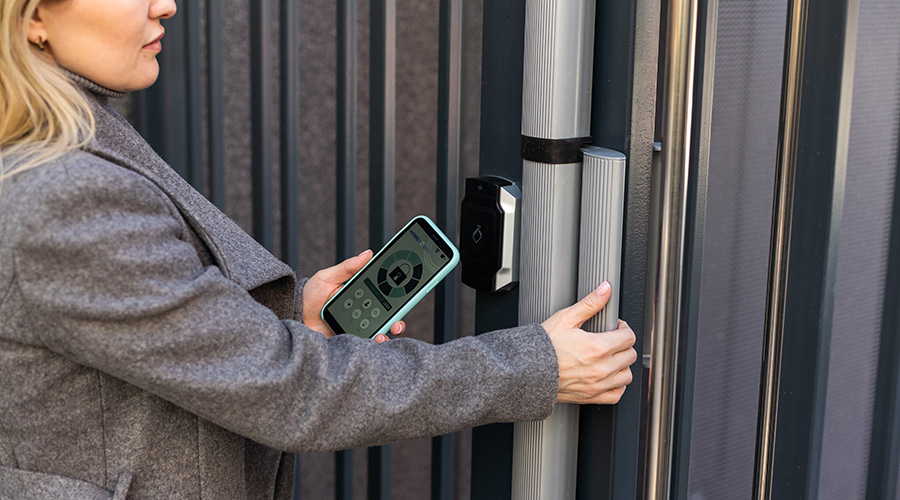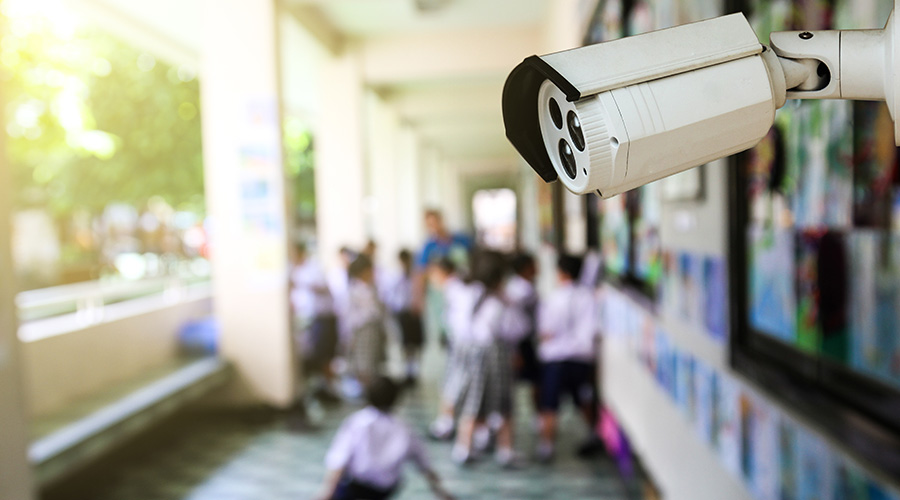The Shift in Access Control Systems for Education Facilities
The University of Chicago’s access control upgrade addressed new-generation risks and bottom-line benefits.
Upgrade projects to improve the security of institutional and commercial facilities are not what they once were. Not long ago, such projects focused on installing new door locks, handles, hinges and operators, and a primary goal was to prevent break-ins.
Those times are gone. Today, such projects still involve actual door hardware, but the central component of such projects often involves upgrading or replacing access control systems and technology. In the process, maintenance and engineering managers and directors still look to protect facilities and occupants, but they also must take into account such risks as active shooters and cyberattacks.
A recent security upgrade at the University of Chicago offers insights into the challenges managers face in providing environments for working and learning that operate reliably and efficiently and protect occupants and facilities from a complex array of potential threats.
Workloads and operating costs
The university upgraded a 419,300-square-foot multi-floor facility built in 2004. The facility is primarily used for academic and business administration, and it features classrooms, study areas, administrative offices, conference space, a dining hall, a 3,530-square-foot student lounge, three outdoor terraces and a parking garage with 170 parking spaces.
“We decided to upgrade our facility's access control system due to a combination of factors,” says Michael Kwiatkowski, the university's executive director for campus safety. “For one, the security technology maintenance workload has increased over time due to outdated technology. The legacy system was also at maximum capacity and could not support additional end-point security devices.
"In addition, the campus partners’ operating costs had become a concern as they were spending additional budgetary dollars to repair and manage the legacy security system. Ultimately, we knew that upgrading to a more advanced access control system would alleviate these issues and improve our facility's overall safety and security.”
The limits of the existing access control systems were a particular concern.
“The server was an end-of-life operating system so that was an IT security concern,” says David Prudom, who was the university’s director of security and law enforcement technology during the upgrade. “We want to make sure we keep those operating systems up to date as much as possible so we don't have any cybersecurity concerns. That was a big red flag for a number of people. The lack of ability to add on to things was concerning. And the head-end equipment was a proprietary system and very long in the tooth. Every single facet of it was a headache.”
As with most institutional and commercial facilities, improving access control to enhance security now must consider the threat of attacks on facilities.
"Active threats and emerging threats are always things we're considerate of when evaluating any kind of technology,” Prudom says. “There are emergency action plans that have been developed for the campus and individual buildings. We have an emergency planning department under the department of safety security that does a lot of work on that type of thing. It's a constantly evolving emergency action plan. Something's always changing. There's construction that might shut down a primary evacuation route, so that emergency action plan has to be updated to account for that construction.
“We are always looking at the emergency action plan for a particular building or area of campus and making sure that whatever we're doing with the technology piece is something that will be an enhancement to that emergency action plan and absolutely not a hindrance.”
Dan Hounsell is senior editor of the facilities market. He has more than 30 years of experience writing about facilities maintenance, engineering and management.
Related Topics:













